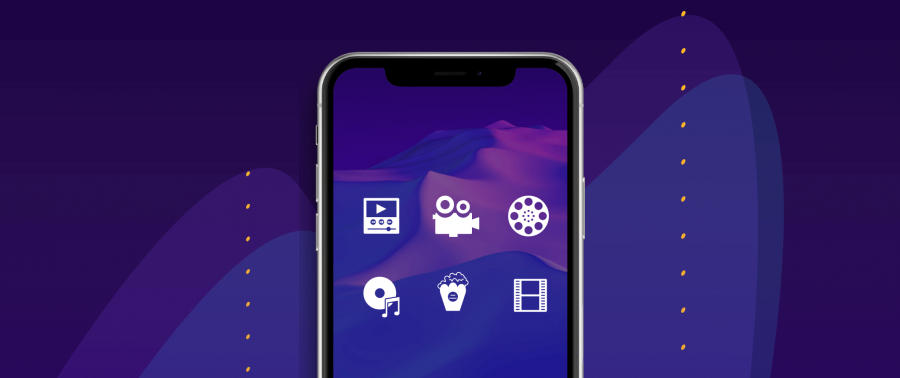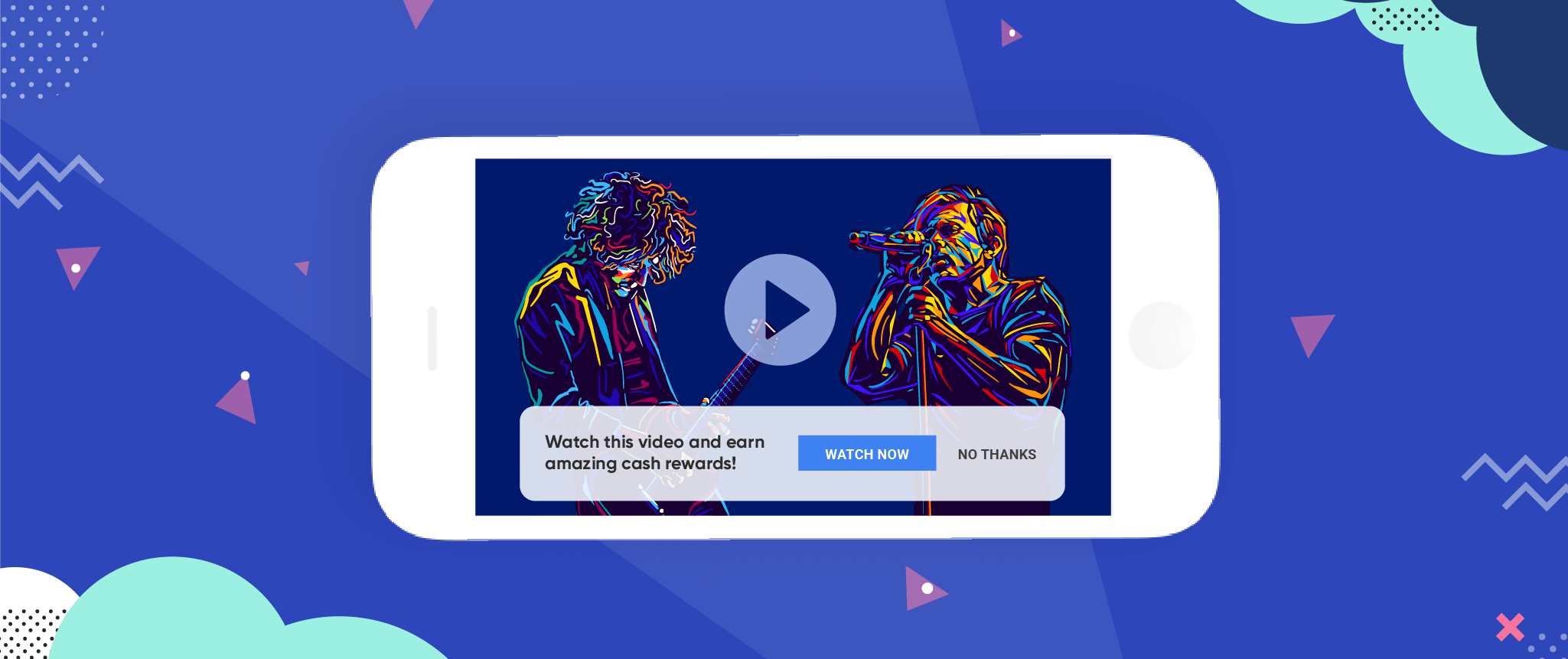Customers are spoiled for choice with the hundreds of on-demand services available today. Once a user has signed up for a streaming app, these subscription payments are typically recurring. While it’s great to have this steady income stream, there is still a huge opportunity to get customers to purchase more. In other words, monthly or yearly customer payments provide a fixed income, which is great, but there’s more revenue that could be earned.
The challenge then is to grow app purchases beyond these regular subscription fees by encouraging the same customers to pay for extra services (which is not the same as getting them to upgrade their plan). In this guide, we’ll have a look at how streaming app developers can increase their bottom line through additional purchases.
How Do Streaming Apps Get Subscribers to Buy More?
Every streaming app offers a myriad of benefits and features to its users. Here are some specific strategies used by popular apps to boost customer purchases.
YouTube
YouTube’s video streaming service has gained tremendous global appeal over the past two decades. Beyond just showing videos made by its users, YouTube has various paid options. These range from their movie rental service—introduced in 2010 and now available worldwide—to their Music Premium service, which charges $9.99 a month for ad-free, offline, “screen off” listening.
Apple Music
Apple Music offers its customers access to a library of some 90 million songs and allows them to save their favorites. However, if users fail to pay their subscription on time, the saved content is lost. Apart from maintaining the account indefinitely, the only way to ensure access to this music is to buy it via the iTunes store. This is different from Spotify, where users get to save their library even when they don’t keep on paying for it.

Amazon Music
Although Amazon Music is relatively flexible when it comes to allowing users access to its services, some popular albums and artists’ content are restricted. As such, an existing customer will need to pay extra to access this content.
Audible
Audible is one of the top audiobook platforms. Paid subscribers receive Audible credits, and based on their payment plan, users can either listen to any available title or listen and keep one title per month in their library. Moreover, subscribers can select any audiobook to add to their library—for a fee.
Vudu
Vudu is an online movie streaming service offering both paid and free content. Users have the option of paying for the more popular titles—such as Marvel movies—or waiting until they’re available free of charge. In this way, Vudu leverages users’ FOMO (fear of missing out) to encourage them to pay for the latest movies.
Best Practices for More Purchases
There are several strategies that will help you build a paying audience for your streaming app service. That said, there are specific approaches for different types of apps. To elevate your customer retention rate and get subscribers to buy further content, try out some of these best practices.
Leverage Consumer’s Need for Urgency
Customers want to view the latest content, and they want to access it NOW. You can leverage that need to create a sense of urgency, making them more likely to pay for immediate access. For example, you could offer a discounted fee—for a limited time—for access to particular features on your mobile app.
This sense of urgency ties into a desire for quick service. If you keep customers waiting for an answer, or if there’s a delay in the purchasing process, chances are they won’t move forward with the transaction.

Offer Pay-Per-View and On-Demand Access
Pay-per-view (PPV) and on-demand features let users watch selected TV shows and movies whenever they want. Providing immediate, convenient access gives your streaming app a competitive advantage.
This method entails giving customers a wide and diverse range of content—not to mention easy payment methods to cut down on the time it takes to access these options. And while the PPV and on-demand models are different, the idea behind them is similar.
Apply Limitations
Similar to the Vudu approach, you can also set limitations on the content available on your platform. This creates the impression that you’re providing them with a “premium” offering. Users will then feel they have exclusive access to content that isn’t available to other customers.
How Can CleverTap Help Your Streaming App?
Customers are consuming more media now than ever before—and they’re always eager to stream new content. Once you know their preferences and demands, it’s much simpler to fulfill them. As such, you’ll need to address any gaps in the market to increase not just your subscription base but also the number of customers paying for additional features.
You can read a more detailed take on media engagement in our Streaming Media App Engagement Benchmark Report. The key metrics in this report will help you to devise a bespoke strategy for your streaming app, deliver better customer experiences, and augment your income stream.

Shivkumar M 
Head Product Launches, Adoption, & Evangelism.Expert in cross channel marketing strategies & platforms.
Free Customer Engagement Guides
Join our newsletter for actionable tips and proven strategies to grow your business and engage your customers.














































